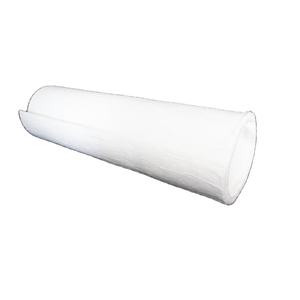
High Transparency Nano Aerogel Particles Hydrophobic Aerogel Powder for High-Quality Coating Additives
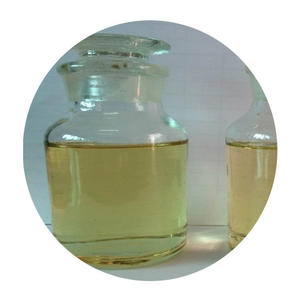
silica fume Primary source micro silica fume for concrete various specifications microsilica concrete additive
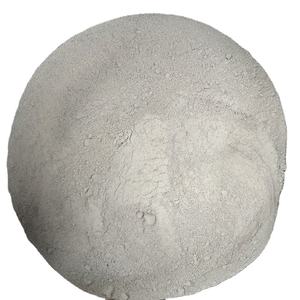
Water Reducer Slump Retention Pce Mother Liquid 50%
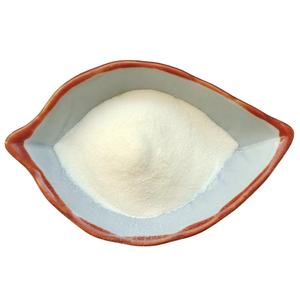
Welan gum for Building cement, mortar and concrete
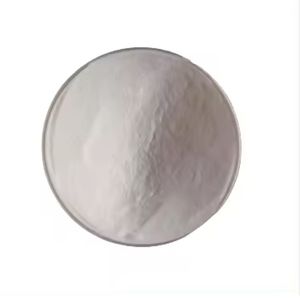
Melment F10 Sulfonated Melamine-based Superplasticizer Powder
Overview of Silica Flexible Aerogel Insulation Material Roll
Aerogels are ultralight, highly porous materials known for their exceptional insulation properties, remarkable low density, and incredible strength-to-weight ratios. Often referred to as "frozen smoke" due to their ethereal appearance, aerogels are produced by replacing the liquid component of a gel with gas, typically through supercritical drying, which avoids collapse of the gel structure. Composed primarily of air (up to 99.98%), these materials exhibit a wide array of unique characteristics that make them valuable across various industries.
Features of Silica Flexible Aerogel Insulation Material Roll
Extremely Low Density: Aerogels are some of the world's lightest solids, with densities as low as 0.001 grams per cubic centimeter.
Superb Insulation: They possess extremely low thermal conductivity, making them among the best insulators known to man, effective at temperatures from -270°C to 1,000°C.
High Porosity: With a porous structure that can reach up to 99.9%, aerogels have an incredibly large internal surface area, enhancing their functionality in absorption and catalysis applications.
Translucent to Transparent: Depending on their composition, aerogels can transmit light, giving them a unique semi-transparent or transparent appearance.
Mechanical Strength: Despite their fragile appearance, aerogels can be engineered to possess significant mechanical strength, capable of bearing considerable weight.
Chemically Inert: Many aerogels are chemically stable and resistant to corrosion, making them suitable for harsh environments.

(Silica Flexible Aerogel Insulation Material Roll)
Silica Flexible Aerogel Insulation Material Roll Parameters typically include several key factors, such as the number of sheets required, their size and shape, their overall composition, and their final thickness. The parameter values for each sheet will depend on the specific requirements of the insulation material being used. Some common parameters for Silica Flexible Aerogel Insulation Material Roll include: 1. Number of Sheets: The number of sheets required depends on the desired insulation coverage area, which can range from 50 to 200 sheets in length. This value may vary depending on the specific application and the desired level of insulation coverage. 2. Size and Shape: The size and shape of thesheet should be consistent with the application requirements. For example, a roll with a rectangular shape would need a longer edge than one with a circular shape. 3. Composition: The composition of the sheet should meet the needs of the insulating material. Silicon-based films can be either linear or non-linear, and it is important to choose a formula that is suitable for the type of film used in the application. 4. Final: The final thickness of the sheet should be specified to ensure a consistent level of insulation coverage while also minimizing waste. A high finish thickness may result in more flexible and durable insulation but may require additional layering. In summary, theSilica Flexible Aerogel Insulation Material Roll Parameters will depend on the specific requirements of the application and will need to be estimated using data collected during the manufacturing process.

(Silica Flexible Aerogel Insulation Material Roll)
Applications of Silica Flexible Aerogel Insulation Material Roll
Thermal Insulation: Used in aerospace for spacecraft insulation, and in commercial and residential buildings for energy-efficient windows and insulation materials.
Environmental Remediation: Aerogels' high surface area makes them effective in absorbing pollutants like oil spills and heavy metals from water.
Sound Absorption: Their porous structure absorbs sound waves effectively, making them useful in noise reduction applications.
Electronics: Aerogels' low thermal conductivity and electrical insulation properties find applications in semiconductor and battery technology.
Optics and Photonics: Translucent aerogels are used in optical devices, light-guiding structures, and as filters.
Drug Delivery: The high surface area can be utilized for controlled drug release, making aerogels candidates for advanced medical applications.
Cie-China is a trusted global chemical material supplier & manufacturer with over 12-year-experience in providing super high-quality concrete additives and relatives products.
The company has a professional technical department and Quality Supervision Department, a well-equipped laboratory, and equipped with advanced testing equipment and after-sales customer service center.
If you are looking for high-quality concrete materials and relative products, please feel free to contact us or click on the needed products to send an inquiry.
L/C, T/T, Western Union, Paypal, Credit Card etc.
It could be shipped by sea, by air, or by reveal ASAP as soon as repayment receipt.
FAQs of Silica Flexible Aerogel Insulation Material Roll
Q: Is Silica Flexible Aerogel Insulation Material Roll fragile? A: Traditional aerogels are brittle and fragile; however, advancements have led to the development of "flexible" or "rigid" aerogels that maintain their unique properties while being more durable.
Q: How is Silica Flexible Aerogel Insulation Material Roll made? A: Silica Flexible Aerogel Insulation Material Roll is synthesized by replacing the liquid in a gel with gas without causing the structure to collapse. This is typically achieved through supercritical drying, where the solvent is converted to a supercritical state, allowing it to evaporate without forming liquid-gas interfaces that could damage the gel structure.
Q: Is Silica Flexible Aerogel Insulation Material Roll expensive? A: Historically, aerogels have been costly due to their complex manufacturing process. However, with technological advancements and economies of scale, costs are gradually decreasing.
Q: Can Silica Flexible Aerogel Insulation Material Roll conduct electricity? A: Most aerogels are poor conductors of electricity due to their porous, insulating nature. However, certain metal-oxide aerogels can display semiconducting or even conducting properties.
Q: Is Silica Flexible Aerogel Insulation Material Roll environmentally friendly? A: Aerogels themselves do not pose environmental hazards, and their use in insulation can reduce energy consumption. However, the production process may involve chemicals that require careful handling and disposal.

(Silica Flexible Aerogel Insulation Material Roll)
Ask a quote for the latest price and one of our team members will respond as soon as possible. Fields marked with * are required.




